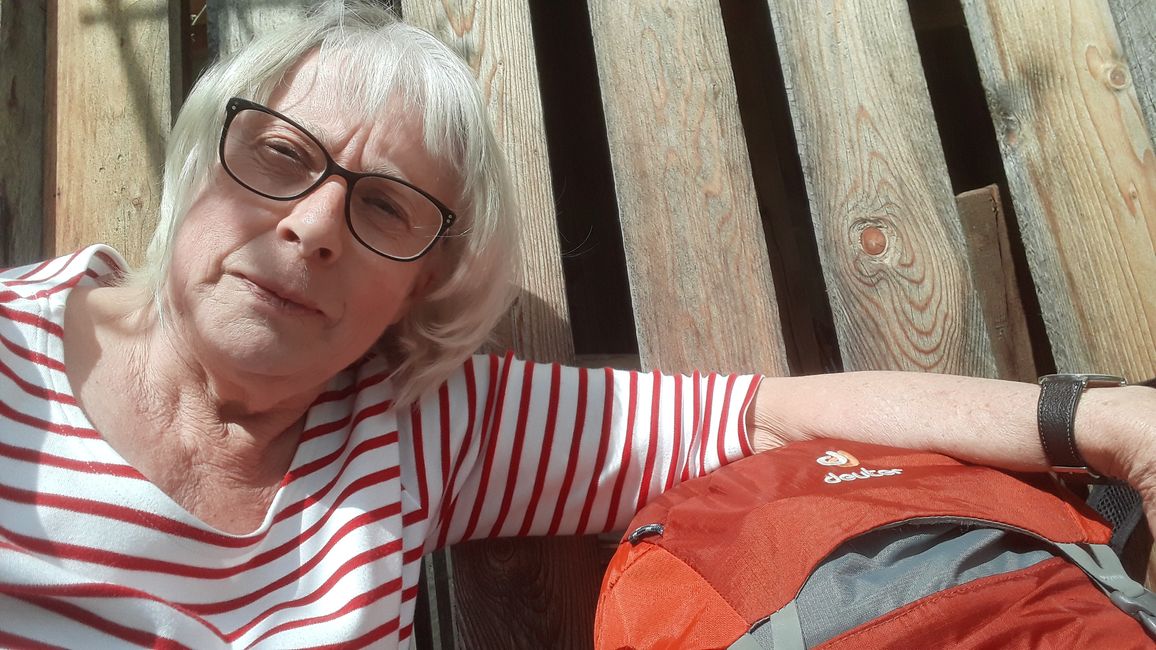Day 21 Spoleto: A beautiful city and the end of my travel description
نشرت: 04.05.2024
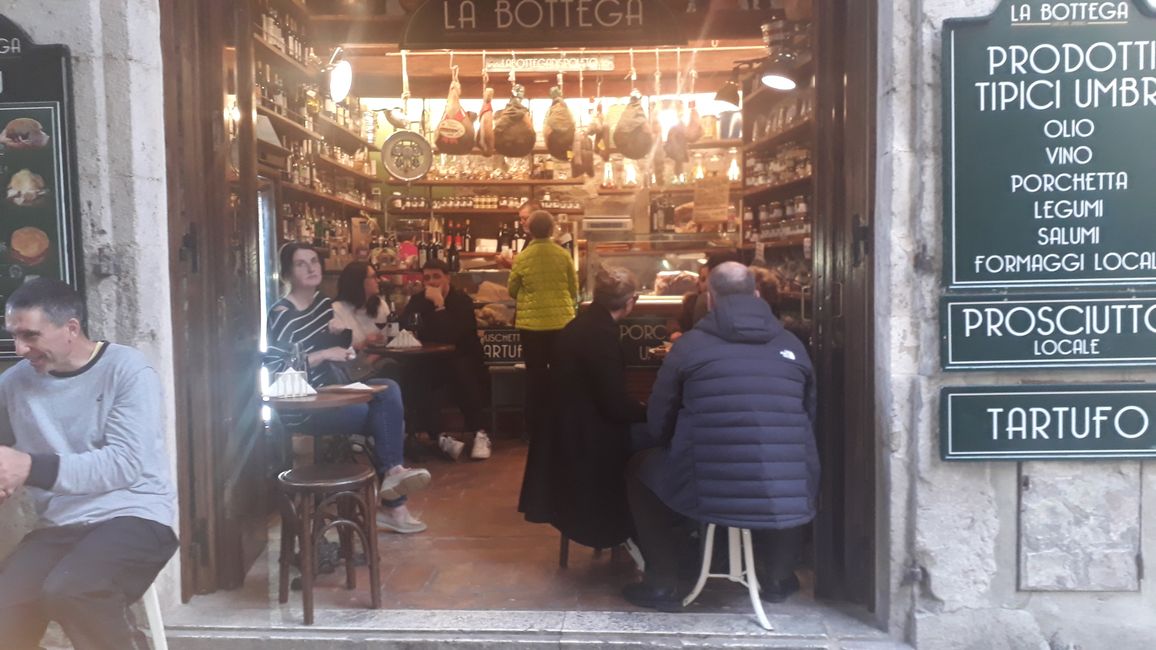
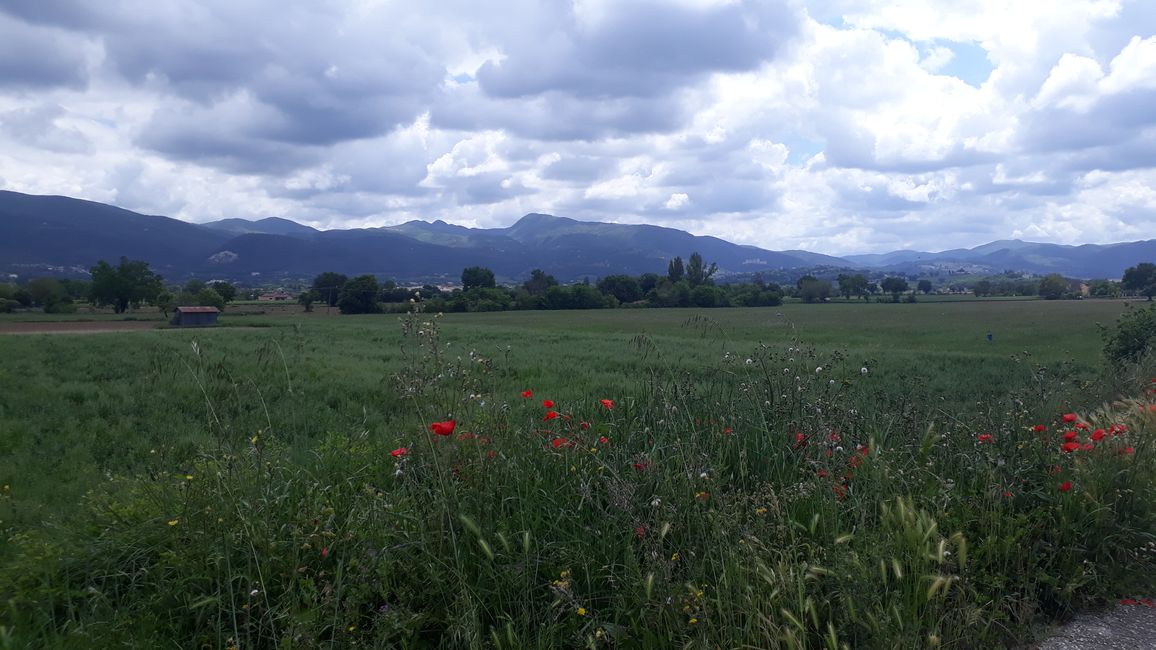
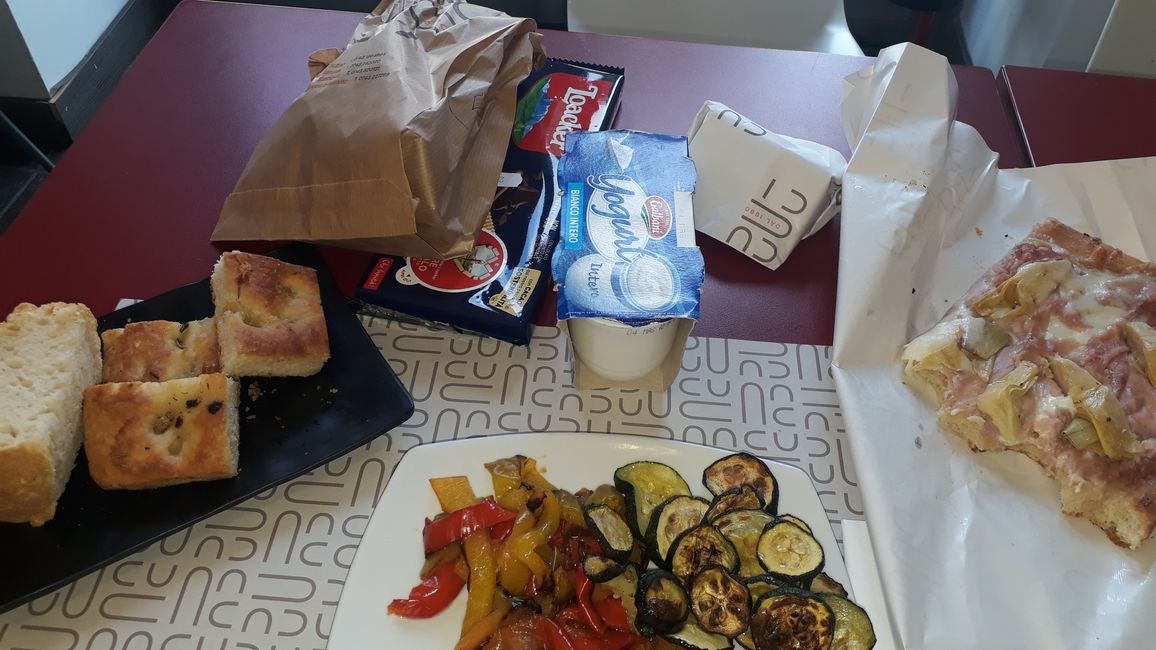

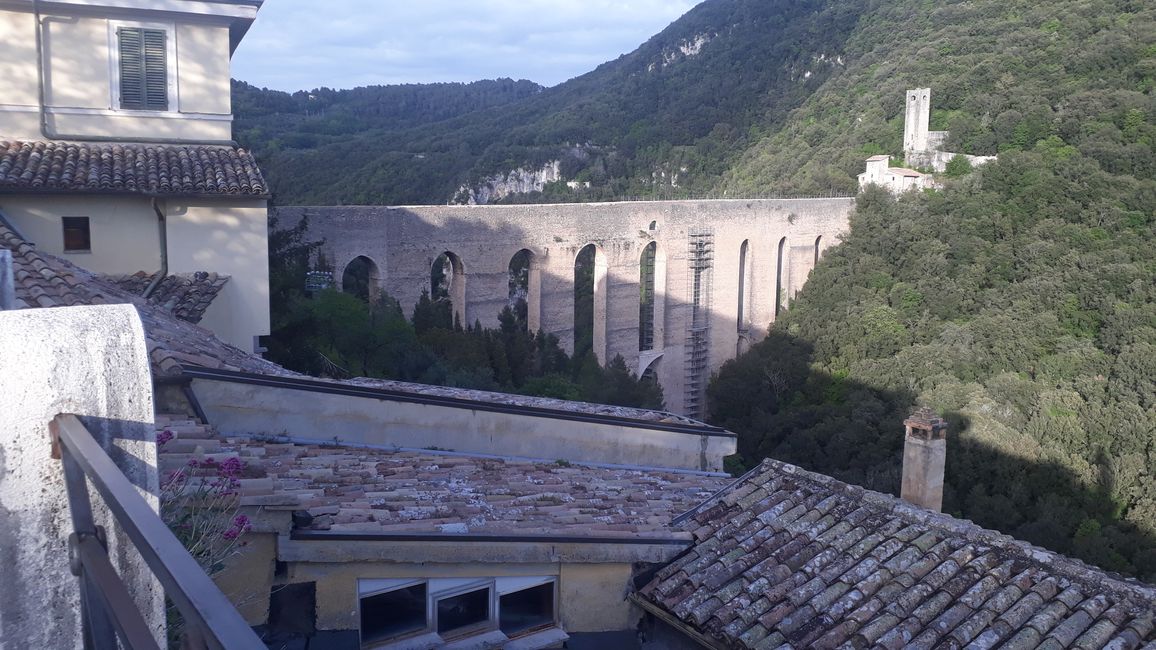

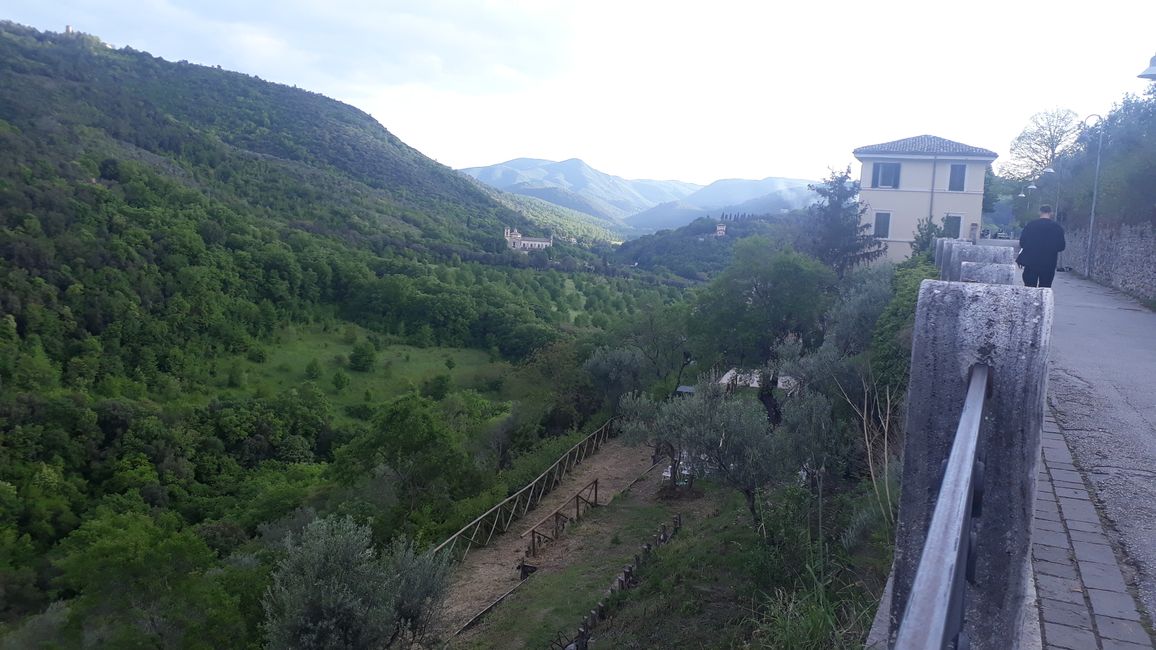
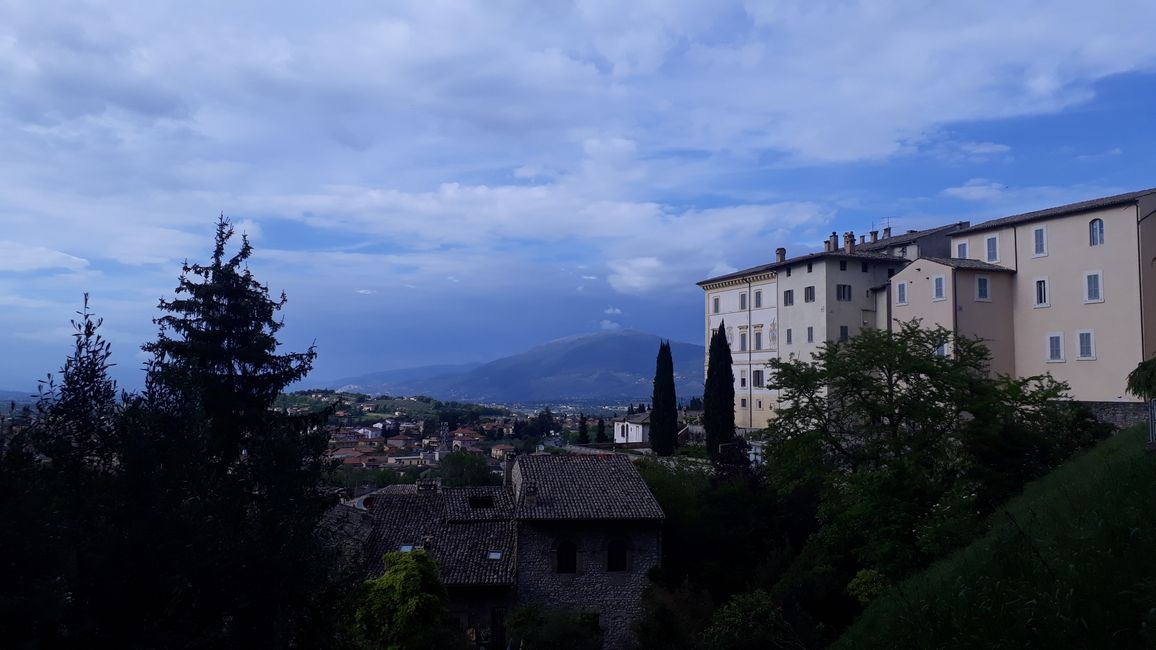
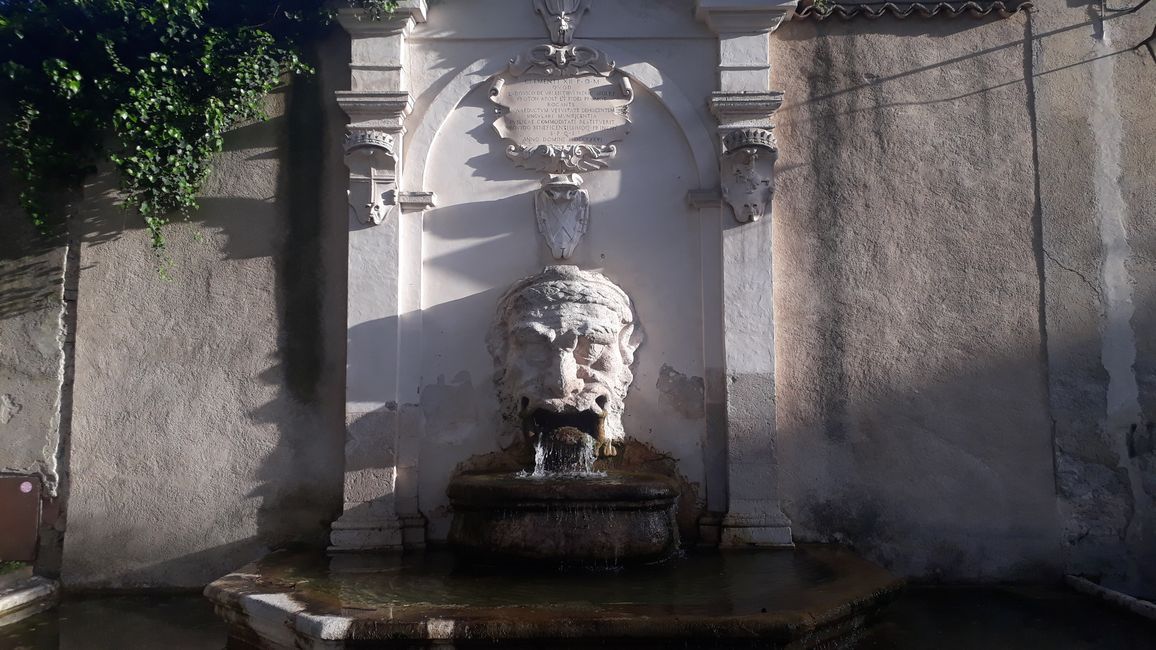
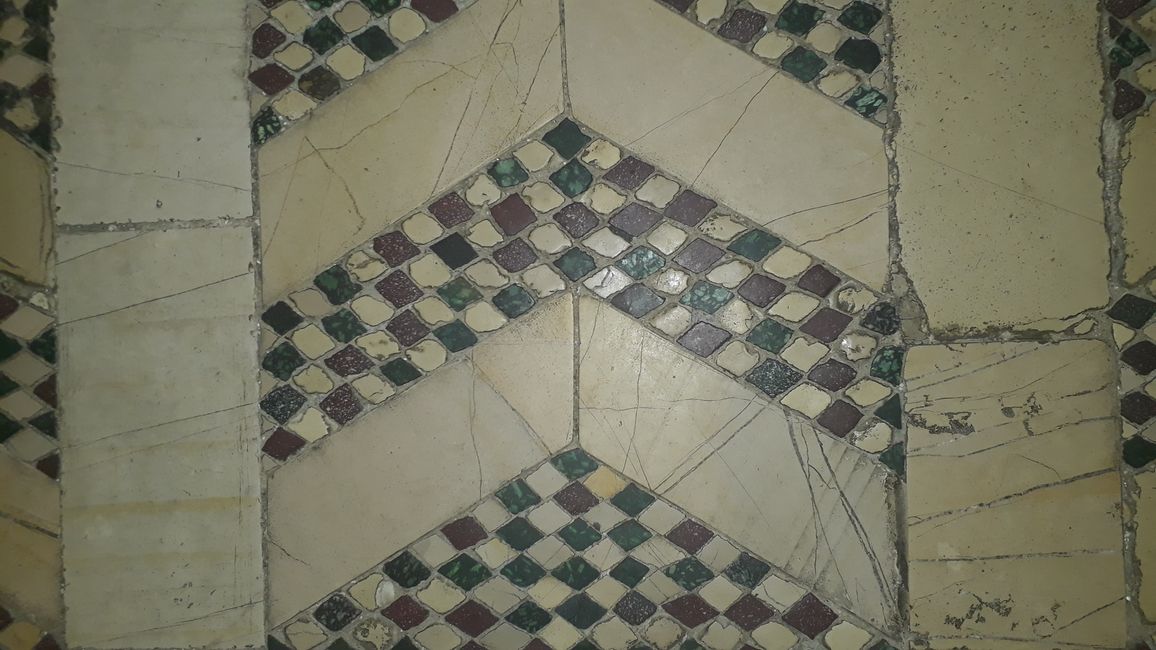
اشترك في النشرة الإخبارية
Today is my last hike. I have enough money to spend two more nights in Rome and then it's time for the island (Albarella). Tomorrow I'll continue by train.
Since a train journey to Rome and Albarella is nothing worth reporting, my travel blog ends here. To everyone who has followed me so far, I say ciao. We'll see each other again soon.
I am grateful and happy that I was able to make this pilgrimage. And I would also like to take this opportunity to say hello to Udo, who looked after the house and cat while I was away.
Spoleto
You should pay this city a visit. The old town has a few delicacies in store: the churches offer a lot of things to see, the view over the countryside is fantastic (to the southeast, a wooded hilly landscape and to the northwest, the wide plain and the Apennines with Monte Serano). And there is also a lot to offer in terms of cuisine. Just think of truffles and the Spoleto DOC wine.
Since 1958, the city has been immersed in a cultural spectacle once a year (June and July), the "Festival of Two Worlds". And if you've had enough of the hustle and bustle, you can find beautiful hiking trails right outside the city gates.
Tower Bridge
The exact background to the construction of the medieval aqueduct Ponte delle Torre is not entirely clear. Was it the work of the Ostrogoth king Theodoric the Great (around 500), Pope Innocent IV (around 1300), or was the structure built 1,000 years earlier?
The effect is clear and I stand in front of it, stunned. With a height of 76 meters and a length of 230 meters, this structure towers over all ancient and most modern aqueducts. It supplied the city with water until the 19th century.
If you believe a plaque, Johann Wolfgang Goethe not only praised this building, he even stood on it. You can't expect that from me.
And much more
The cathedral is worth seeing, with its rosettes on the façade (the central one stands out in particular), the fresco "Coronation of the Virgin" by Filippo Lippo (1469) and the unusual floor mosaic. Also worth seeing is the church of Sant'Eufemia, with its sparse furnishings and gallery, which to our eyes is somewhat unusual due to the Lombard influence. The church of San Salvatore, an early Christian basilica, also has Lombard elements.
If I were to describe everything I discovered in Spoleto today in more detail, it would go beyond the scope of this page. So I'll leave it at that. Maybe there will be a new blog at some point... And then just about Spoleto?
اشترك في النشرة الإخبارية
إجابة (5)
Sali
Ach und ich dachte deine Reise endet bei uns in Albarella?
Da gehört sich schon auch noch ein Blogeintrag 😉.... Wenn ich vom Zug auf die Insel wandere, dann ist das auf jeden Fall noch einen Blogbeitrag wert.
Luise
Liebe Mary, das war eine wunderbare Wanderbeschreibung, man war direkt mit dir dabei. Vielen Dank dafür, schöne Tage in Rom und bis bald bei Sali und Mathias. Wir freun uns schon... Ich freu mich schon auf euch alle
Die Wanderung, die Fotos und die Texte über Franziskus sind bis über die teutonischen Berge bis in den Norden vorgedrungen. Ich wünsche Dir in der heiligen Stadt eine frohe Zeit und Begegnungen. UllI
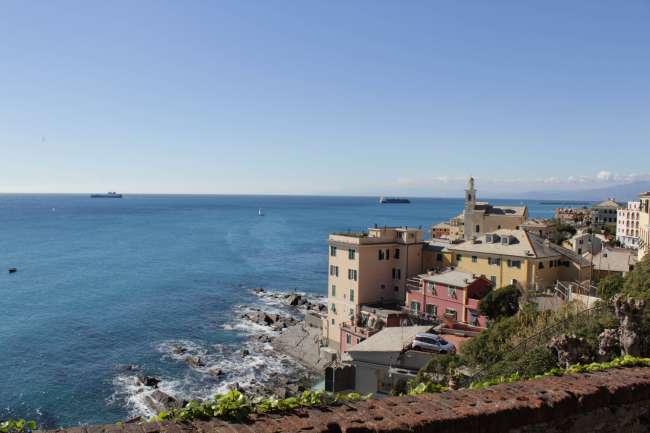
تقارير السفر إيطاليا

